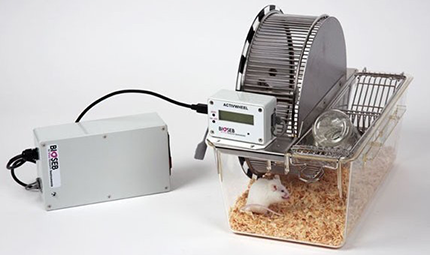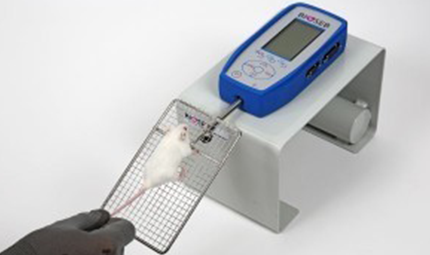Expertise
Pulmonary/respiratory contractile function
Clinical exploration of respiratory function in humans
 The interaction of Phymedexp with the physiology department of the University Hospital of Montpellier allows us to be able to fully characterize the respiratory function in humans.
The interaction of Phymedexp with the physiology department of the University Hospital of Montpellier allows us to be able to fully characterize the respiratory function in humans.
The respiratory functional exploration platform includes:
- Measurement of lung volumes, flow rates and airway resistance by spirometry, plethysmography, helium dilution
- Search for bronchial hyperreactivity (reversibility tests and pharmacological provocation)
- Measurement of alveolar-capillary diffusion by study of CO transfer and double transfer of CO/NO
- Arterial blood gas
- Measurement of function of respiratory muscles and respiratory centers
- Search for maladaptation factor at altitude (Hypoxia test) and a shunt (Hyperoxia test)
- Measurement of lung function and gas exchange during exercise and during sleep (Ventilatory Polygraphy)
Measurement of respiratory function in vivo by plethysmography
Experiment carried out on consious and unconstrained animals. Non-invasive method for measuring inspiratory and expiratory lung function parameters. These parameters are measured with the plethysmograph, possibly in response to the administration of a bronchoconstrictor agent or to hypercapnic stress (8% CO2)
The expiration and inspiration times make it possible to calculate the Penh (enhanced Pause) values, corresponding to the lengthening of the expiratory pause time observed in subjects with a reduction in bronchial caliber.
The method is very similar to that used in humans. This manipulation can be repeated several times on the same rats/mice in order to follow the evolution of the pathology.
Measurement of respiratory function in vitro
Strips of muscle are dissected from the diaphragm. They are then attached to a force sensor and then immersed in an organ tank containing physiological liquid. The muscle is electrically stimulated.
Parameters measured: force-frequency relationship, tetanus, fatigue, resistance to eccentric contraction
Paramètres mesurés : relation force-fréquence, tétanos, fatigue, résistance à la contraction excentrique
Clinical exploration of muscle function in humans
The interaction of Phymedexp with the physiology department of Montpellier University Hospital allows us to fully characterize peripheral muscle function in humans. The exploration of muscle function during exercise can be performed globally on an ergometer (bicycle or treadmill), for an integrated evaluation of the cardiovascular, pulmonary and muscular systems. The measurement of maximum oxygen consumption at the peak of effort or V’O2max, reflects the integrated involvement of these different systems, when they have to draw on their reserves. This exploration called cardio-respiratory exercise test with measurement of gases allows the exploration of the mechanisms of a symptom (dyspnea, angina, muscle pain/cramp, metabolic disorder, etc.) or exercise intolerance, but also the evaluation of the prognosis of a chronic patient with comorbidities, via the measurement of V’O2max.
Analysis of general behavior and global neuromuscular function in animals
Measurement of muscle function: spontaneous activity wheel
Measurement of the spontaneous activity of rodents in their cage by an instrumented wheel (mouse). The system measures distance traveled, speed (avg, min, max), acceleration, time and number of wheel accesses. Useful system for testing the effect of drugs or phenotyping animals.
Measurement of muscle function: grip test
It is a simple way to quantify the muscle strength of rodents (mice and rat), and to assess the effect of drugs or diseases with muscle damage. The grip strength test can be repeated several times. Non-invasive, non-stressful, vigilant animal
Measurement of muscle function in vitro :
A fast/white muscle (Extensor Digitorum longus, EDL) or a slow/red muscle (soleus) is dissected, attached to a force sensor and then immersed in an organ tank containing physiological fluid. The muscle is electrically stimulated at different frequencies.
Parameters measured: force-frequency relationship, tetanus, fatigue, resistance to eccentric contraction







